Home>Gardening & Outdoor>Landscaping Ideas>How To Keep Neighbors’ Grass From Growing Under Fence
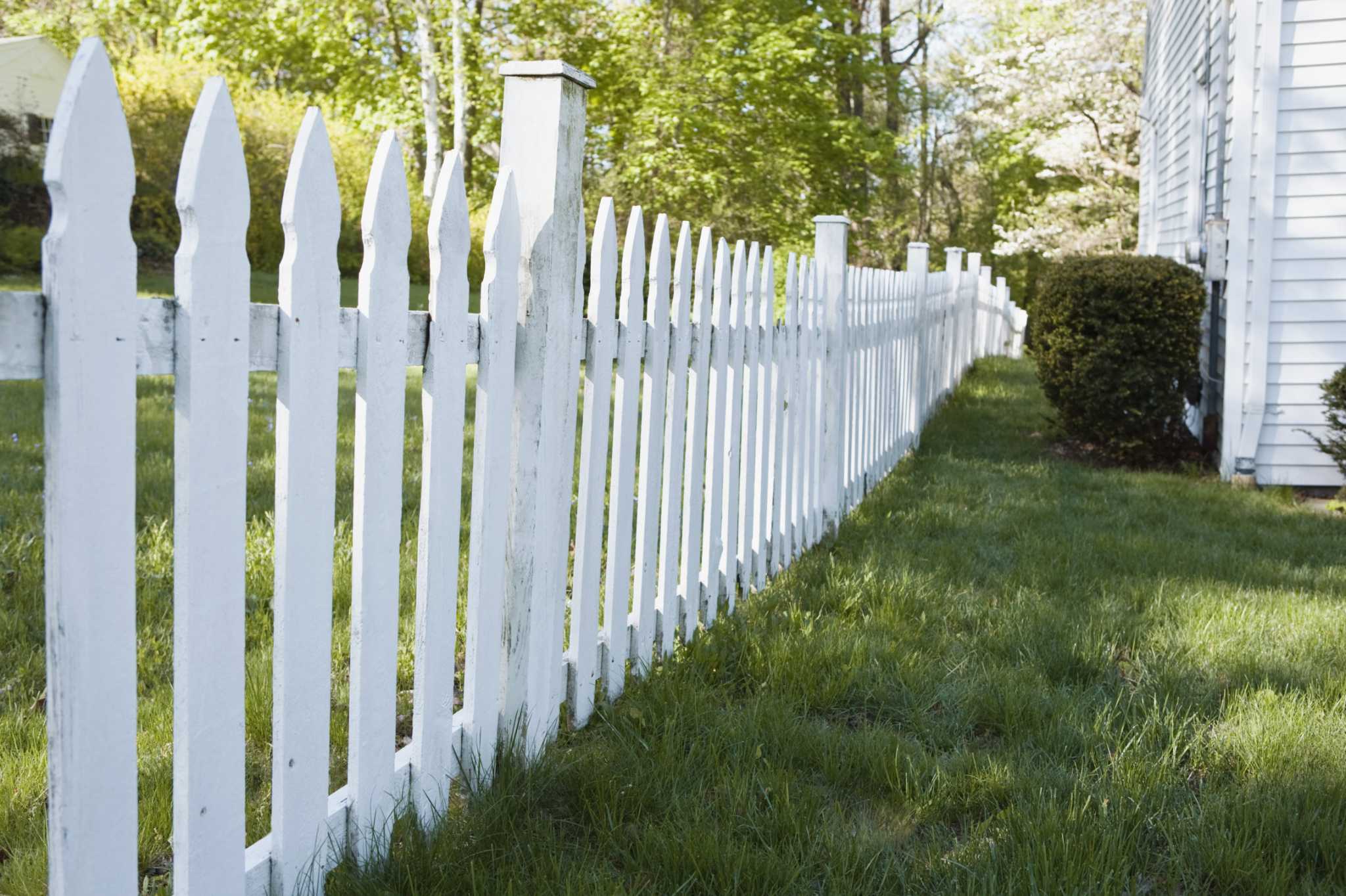

Landscaping Ideas
How To Keep Neighbors’ Grass From Growing Under Fence
Published: January 24, 2024
Discover effective landscaping ideas to prevent your neighbors' grass from growing under the fence. Keep your yard looking tidy and well-maintained.
(Many of the links in this article redirect to a specific reviewed product. Your purchase of these products through affiliate links helps to generate commission for Storables.com, at no extra cost. Learn more)
Introduction
When you take pride in your beautifully landscaped yard, it can be frustrating to see your neighbors' grass and weeds encroaching on your carefully manicured space. The sight of greenery poking through the fence can be a constant annoyance, but fear not – there are effective solutions to keep neighbors' grass from growing under the fence. In this article, we'll explore various strategies and barriers that can help you maintain the boundary of your property and preserve the integrity of your landscaping efforts. Whether you're a gardening enthusiast or simply want to keep your yard looking tidy, these tips will empower you to reclaim your space and enjoy a well-defined and harmonious outdoor environment.
Key Takeaways:
- Say goodbye to neighbors’ grass creeping into your yard! Choose the right barrier, like metal edging or living ground cover, and maintain it regularly to keep your yard looking tidy and well-defined.
- Keep your yard beautiful by installing a barrier and maintaining it. Regular inspections, weed control, and collaboration with your neighbor will help prevent neighbors’ grass from encroaching on your property.
Understanding the Problem
The issue of neighbors' grass infiltrating your yard is a common challenge for many homeowners. It occurs when the grass on the neighboring property spreads through the small gaps or spaces at the base of the fence, taking root and eventually encroaching on your side. This can lead to an unsightly and unkempt appearance, as well as potential difficulties in maintaining your own yard.
Understanding the nature of the problem is crucial in finding an effective solution. Grass and weeds are resilient and can exploit even the tiniest openings in the fence. Additionally, factors such as soil moisture, sunlight exposure, and the type of grass or weed species can all contribute to the persistence and growth of these unwanted plants.
It’s important to address this issue promptly, as allowing the problem to persist can result in increased maintenance efforts and potential damage to your landscaping. By implementing the right barrier and maintenance practices, you can prevent the encroachment of neighbors' grass and maintain a clean and well-defined border around your property.
Choosing the Right Barrier
When it comes to preventing neighbors' grass from growing under the fence, selecting the appropriate barrier is essential. There are various options available, each with its own advantages and considerations.
One effective barrier is a physical edging material, such as metal, plastic, or rubber. These materials can be installed at the base of the fence to create a solid barrier that prevents grass and weeds from infiltrating your yard. Metal edging, for example, offers durability and a clean, modern look, while plastic and rubber edging provide flexibility and ease of installation.
Alternatively, a trench barrier can be created by digging a shallow trench along the fence line and filling it with gravel or mulch. This method creates a physical and visual barrier that impedes the spread of grass and weeds while adding a decorative element to your landscape.
For a natural and eco-friendly approach, consider planting a dense ground cover along the fence line. Low-growing plants, such as creeping thyme or vinca minor, can form a living barrier that inhibits the growth of neighboring grass while adding beauty and biodiversity to your yard.
When choosing the right barrier, it’s important to consider factors such as the climate, soil type, and your desired aesthetic. Additionally, the barrier should be durable, low-maintenance, and capable of withstanding the pressure of encroaching vegetation. By carefully evaluating these factors, you can select a barrier that effectively prevents neighbors' grass from encroaching on your property, ensuring a well-defined and tidy landscape.
To keep neighbors’ grass from growing under a fence, you can install a barrier like a metal or plastic edging along the bottom of the fence. This will prevent the grass from creeping through.
Installing a Barrier
Once you’ve chosen the right barrier to prevent neighbors’ grass from growing under the fence, proper installation is key to its effectiveness. Whether you opt for physical edging, a trench barrier, or a living ground cover, the following steps will guide you through the installation process.
1. Preparation: Clear the area along the fence line of any debris, rocks, or existing vegetation. This will provide a clean and level surface for installing the barrier.
2. Measurement and Cutting: If using physical edging or trench barrier materials, measure the length of the fence line and cut the barrier material to fit. Ensure that the barrier extends slightly below the ground surface to prevent grass and weeds from creeping underneath.
3. Placement: Position the barrier material snugly against the base of the fence, ensuring that it forms a continuous and unbroken line along the entire perimeter. For living ground covers, space the plants evenly and plant them at the appropriate distance from the fence.
4. Securing the Barrier: Secure the barrier in place using stakes or anchors, especially in areas prone to soil erosion or movement. This will help maintain the integrity of the barrier over time.
5. Mulching and Watering: If using a trench barrier or planting a living ground cover, fill the trench with gravel or mulch to further inhibit grass growth. Water the newly installed barrier or ground cover thoroughly to promote establishment and growth.
6. Regular Maintenance: Monitor the barrier regularly to ensure its effectiveness and make any necessary adjustments. For living ground covers, provide ongoing care and maintenance to encourage healthy growth and density.
By following these steps and paying attention to the specific requirements of your chosen barrier, you can effectively install a protective boundary that prevents neighbors’ grass from encroaching on your yard. This proactive approach will help you maintain a clean and well-defined landscape, free from the intrusion of unwanted vegetation.
Maintaining the Barrier
After installing a barrier to prevent neighbors’ grass from growing under the fence, ongoing maintenance is essential to ensure its long-term effectiveness and the overall appearance of your yard. Proper maintenance practices will help uphold the integrity of the barrier and preserve the boundary between your property and your neighbor’s, creating a well-maintained and visually appealing landscape.
Regular Inspection: Schedule routine inspections of the barrier to check for any signs of damage, displacement, or gaps that may allow grass and weeds to penetrate. Address any issues promptly to prevent the deterioration of the barrier’s functionality.
Weed Control: Keep the area along the fence line free of weeds and unwanted vegetation. Regularly remove any grass, weeds, or debris that may attempt to encroach on your side of the fence. This proactive approach will help maintain a clean and well-defined border.
Trimming and Pruning: If you’ve opted for a living ground cover as a barrier, regular trimming and pruning will be necessary to control its growth and ensure that it remains compact and dense. This will prevent the ground cover from becoming overgrown and encroaching on the neighboring grass.
Replenishing Mulch or Gravel: For trench barriers filled with mulch or gravel, periodically replenish these materials to maintain an effective barrier against grass and weeds. This will also enhance the visual appeal of the barrier and contribute to the overall aesthetics of your yard.
Soil Maintenance: Pay attention to the soil quality along the fence line. Ensure proper drainage to prevent water from pooling and creating favorable conditions for grass and weed growth. Additionally, consider applying a pre-emergent herbicide to the barrier area to inhibit the germination of weed seeds.
Boundary Collaboration: Open communication with your neighbor can be beneficial in addressing the issue of encroaching grass. Discussing mutual maintenance efforts and the importance of preserving the boundary can lead to a collaborative approach in maintaining a tidy and well-defined fence line.
By implementing these maintenance practices, you can uphold the functionality and visual appeal of the barrier, effectively preventing neighbors’ grass from infiltrating your yard. Consistent care and attention will contribute to a harmonious and well-maintained landscape that reflects your dedication to preserving the integrity of your property.
Conclusion
Dealing with neighbors’ grass encroaching on your property can be a persistent challenge, but with the right barrier and maintenance strategies, you can reclaim and maintain the boundary of your yard. By understanding the nature of the problem and selecting the appropriate barrier, you can effectively prevent the infiltration of grass and weeds under the fence, preserving the integrity of your landscaping efforts.
Installing a barrier, whether it’s a physical edging, a trench barrier, or a living ground cover, requires careful planning and execution to ensure its effectiveness. Proper installation techniques and ongoing maintenance are crucial in upholding the barrier’s functionality and visual appeal, creating a well-defined and tidy border around your property.
Regular inspection, weed control, and collaboration with your neighbor can contribute to the long-term success of your barrier, preventing the encroachment of neighbors’ grass and maintaining a harmonious outdoor environment. By taking proactive measures and staying attentive to the needs of your barrier, you can enjoy a clean and well-maintained landscape that reflects your commitment to preserving the boundaries of your property.
With these strategies in place, you can bid farewell to the frustration of seeing neighbors’ grass growing under the fence and instead revel in the beauty and order of your carefully manicured yard. By implementing the tips outlined in this article, you can create a visually stunning and well-contained outdoor space that enhances the overall appeal of your property.
Remember, with the right barrier and consistent maintenance, you have the power to keep neighbors’ grass at bay, ensuring that your yard remains a testament to your dedication to maintaining a beautiful and well-defined landscape.
Frequently Asked Questions about How To Keep Neighbors' Grass From Growing Under Fence
Was this page helpful?
At Storables.com, we guarantee accurate and reliable information. Our content, validated by Expert Board Contributors, is crafted following stringent Editorial Policies. We're committed to providing you with well-researched, expert-backed insights for all your informational needs.
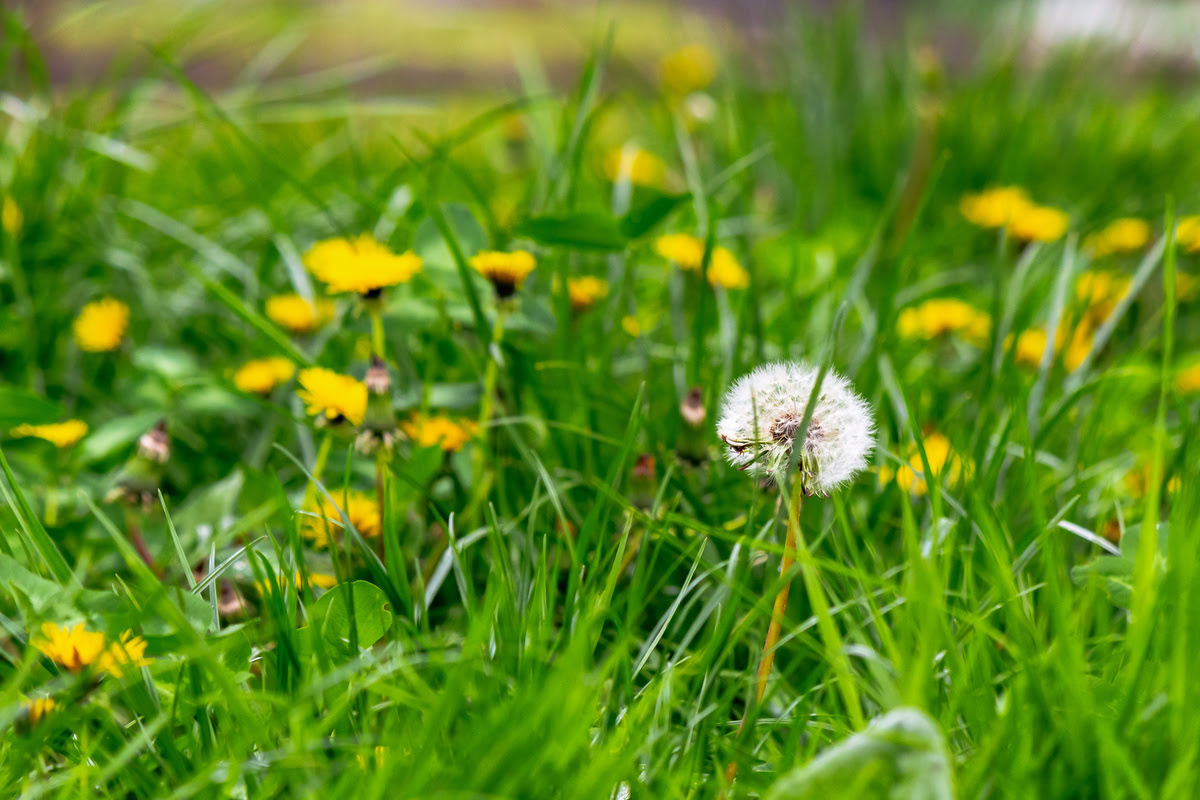
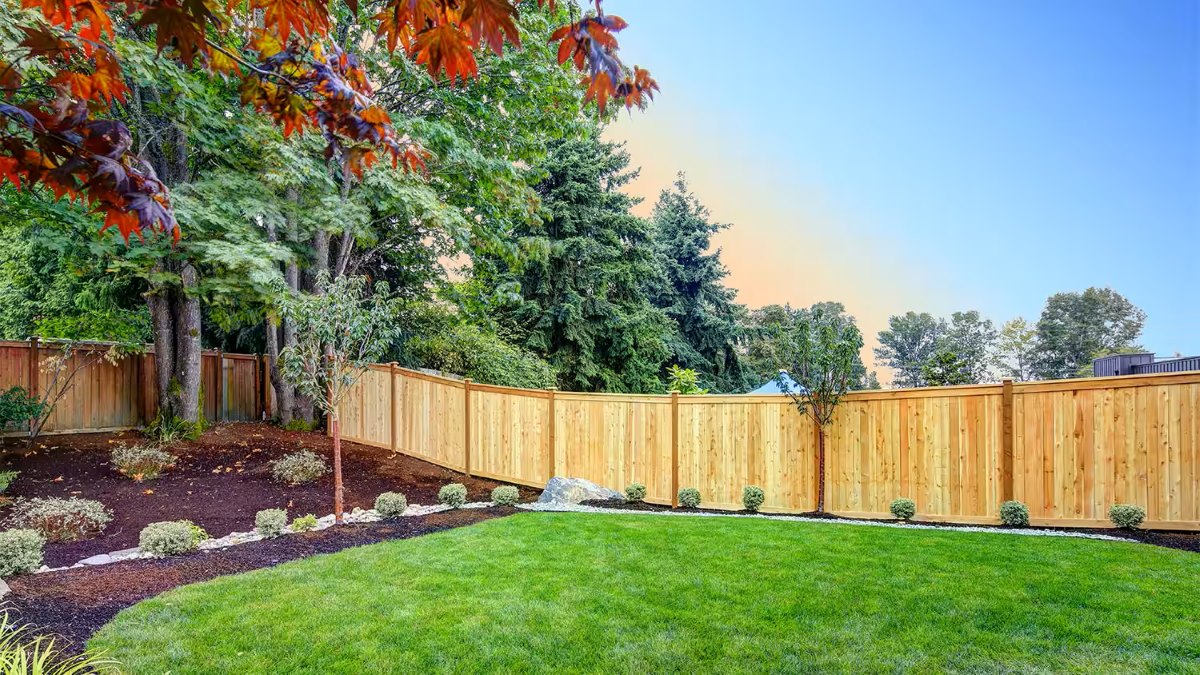
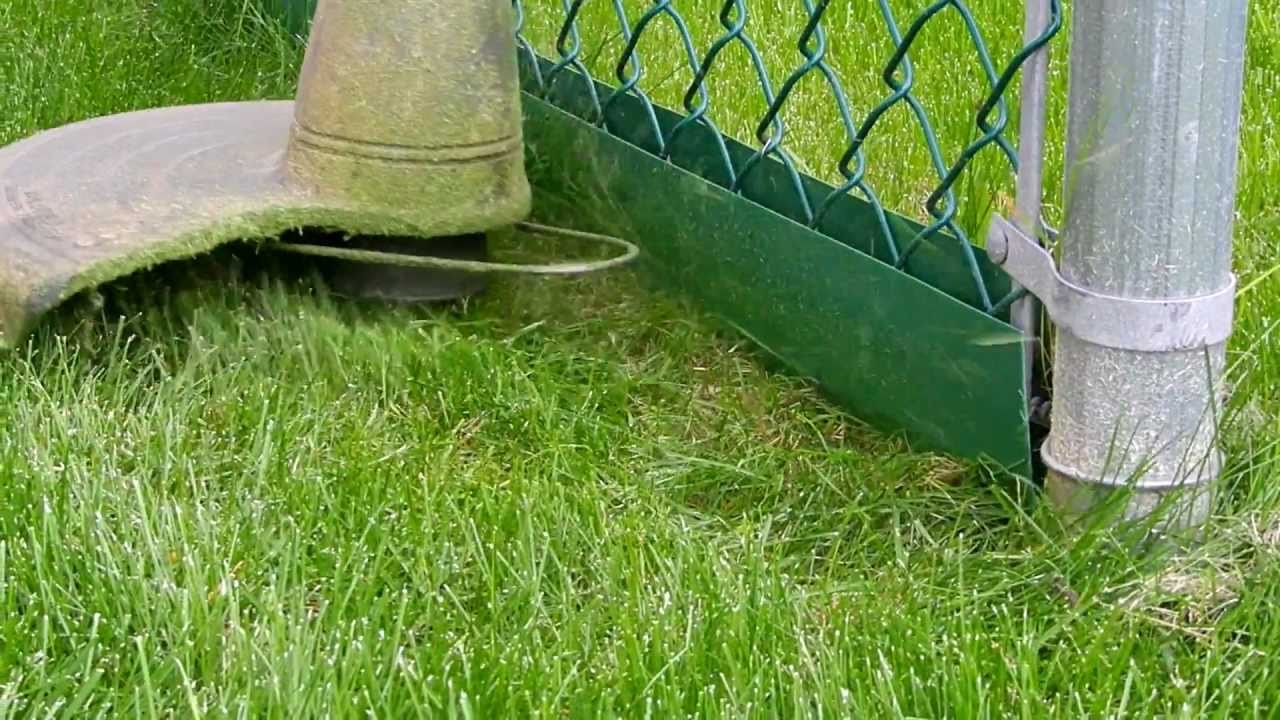
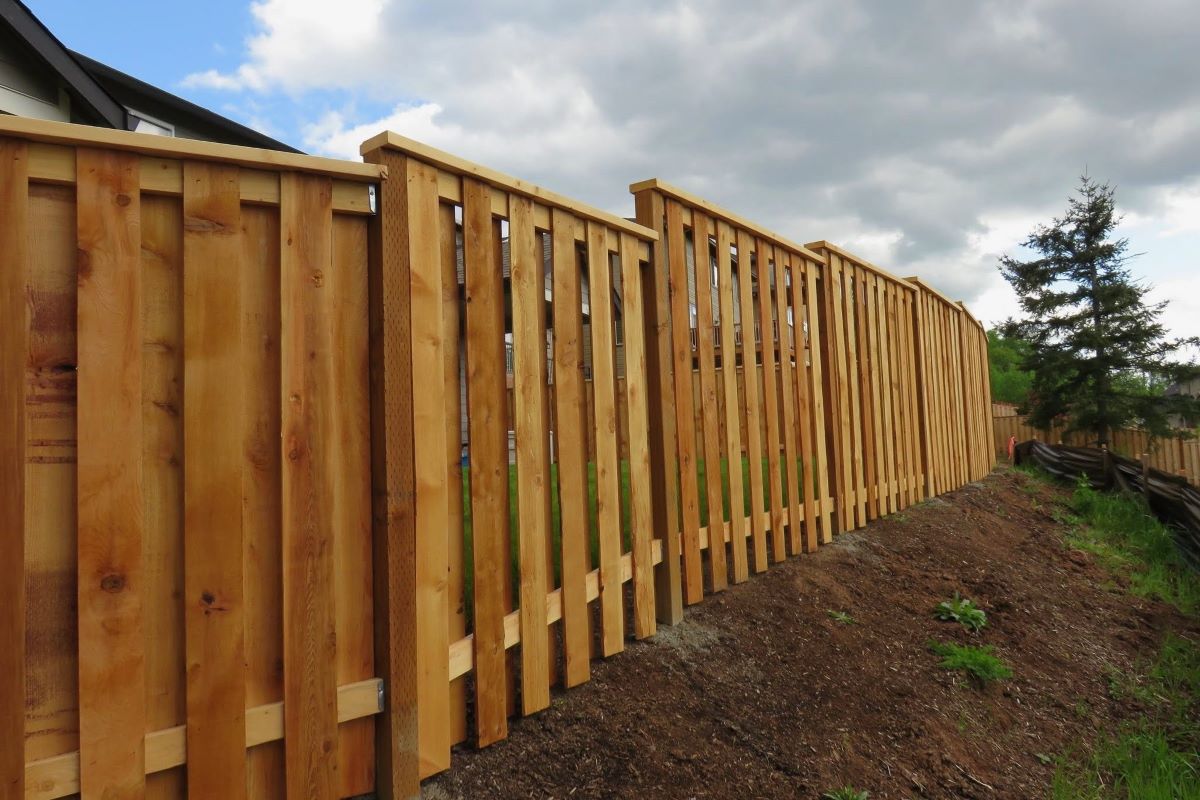
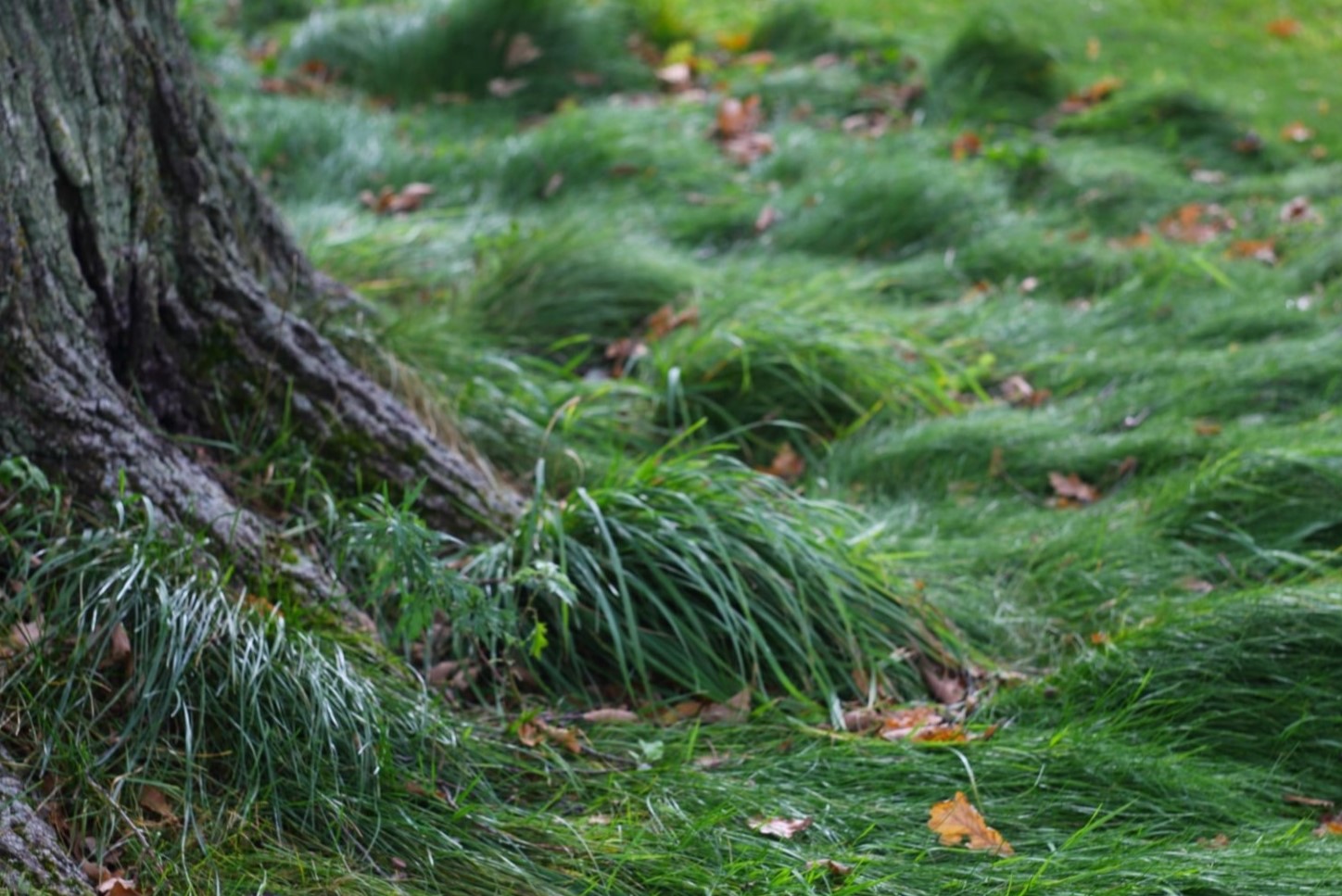

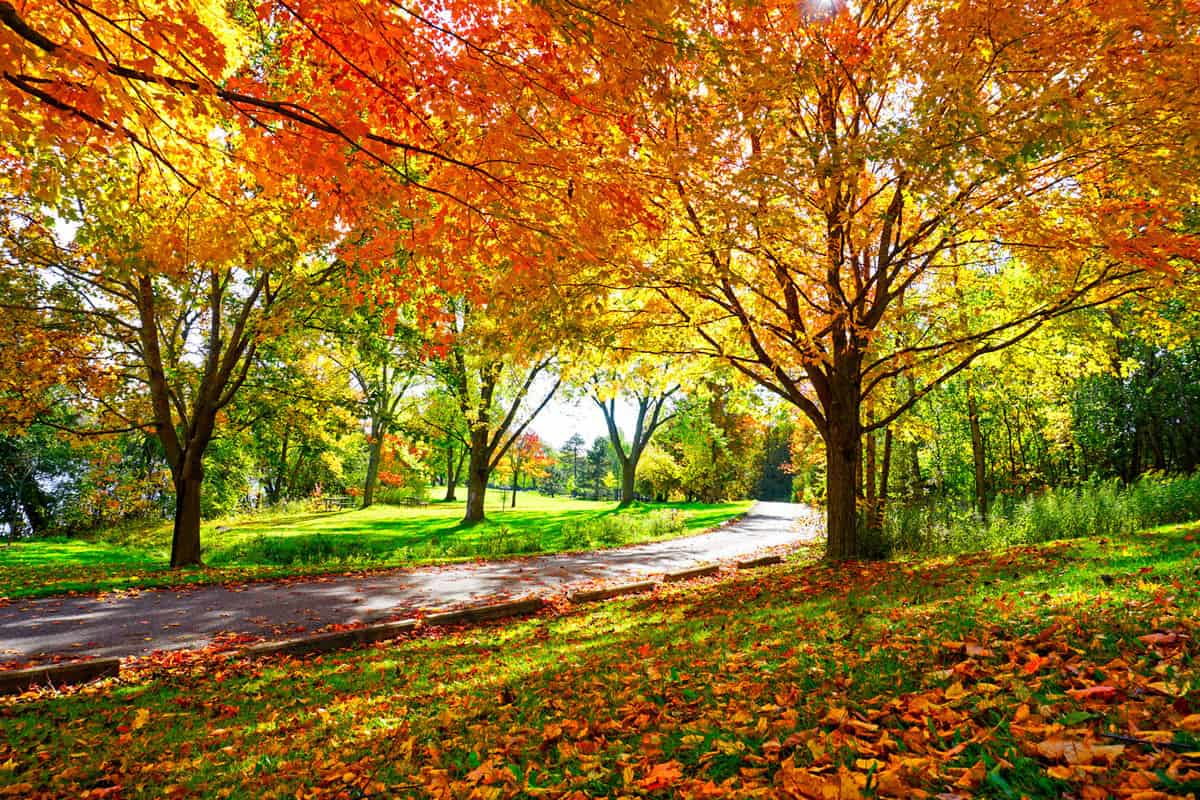
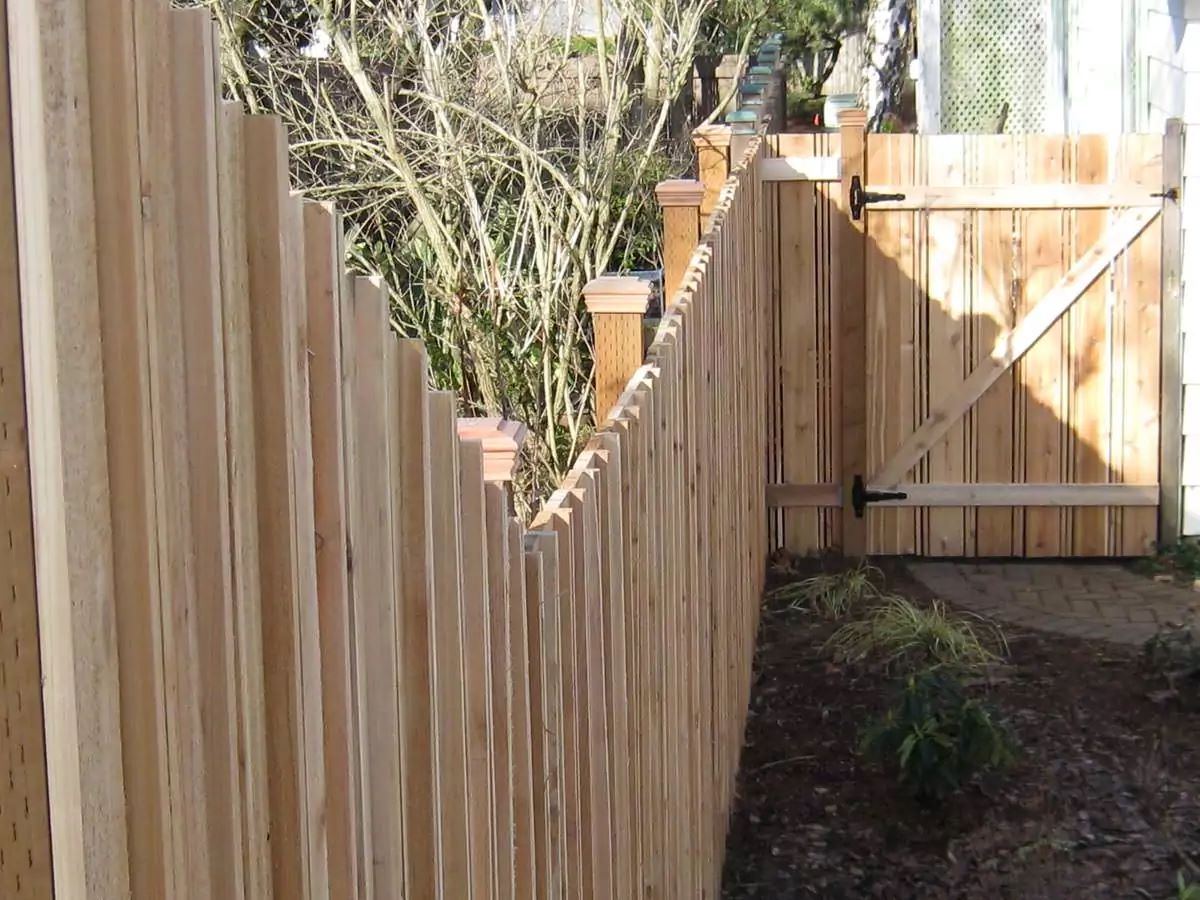
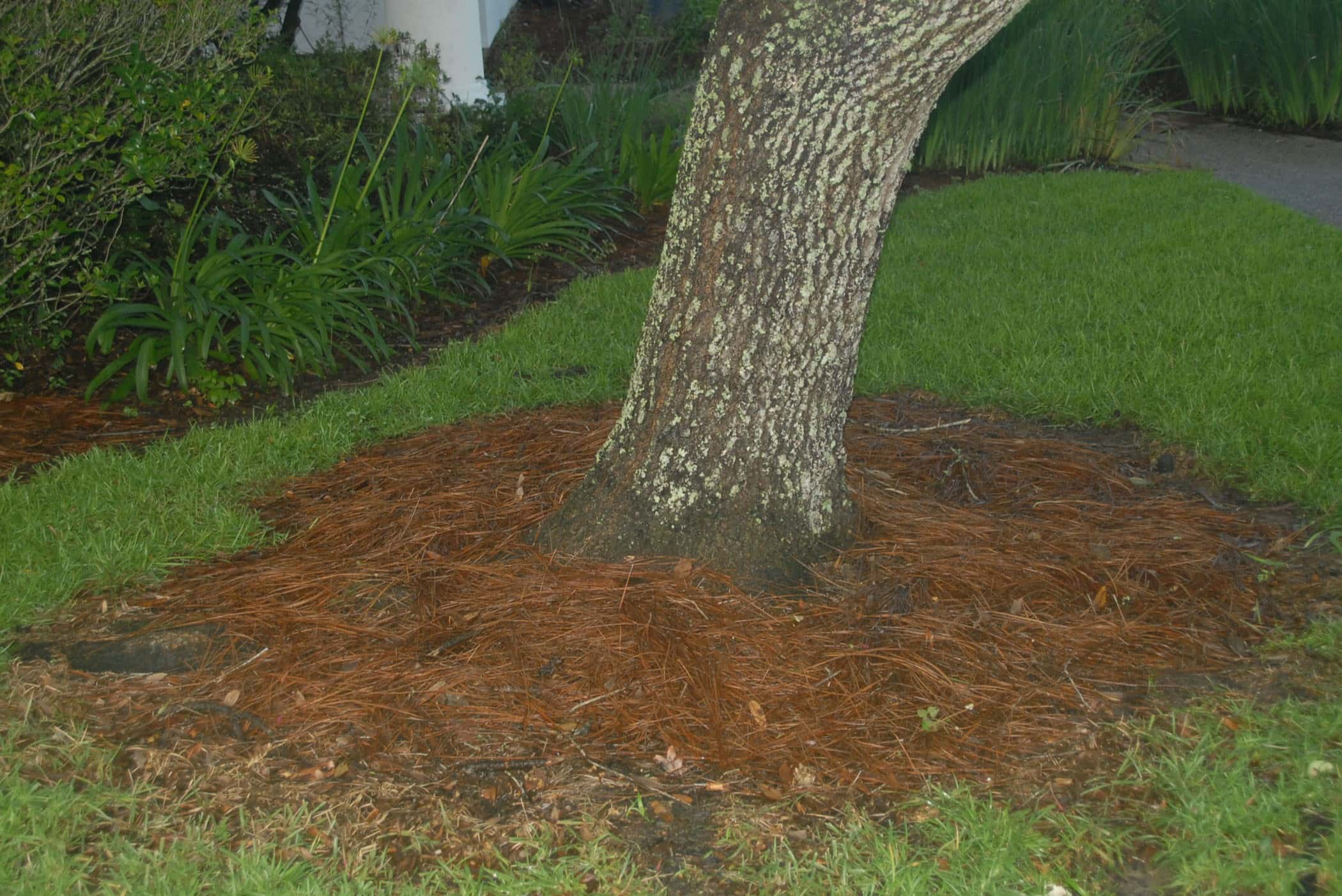

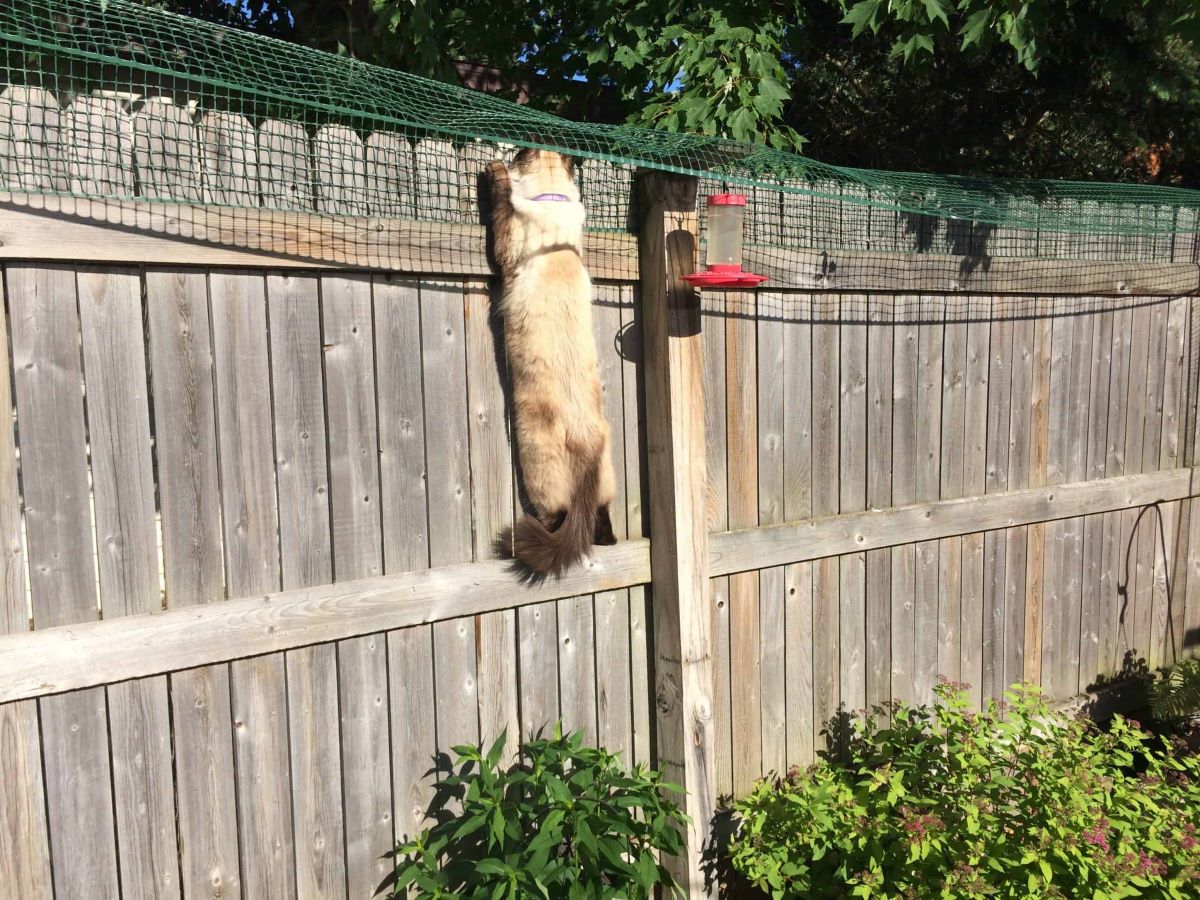
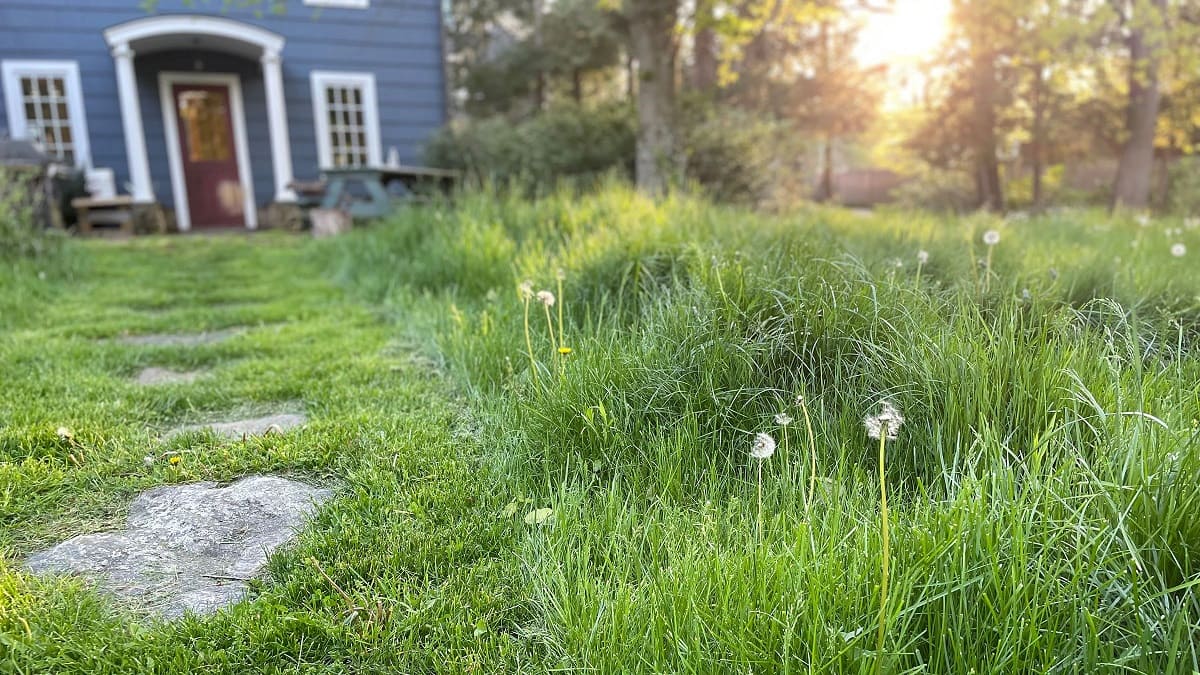
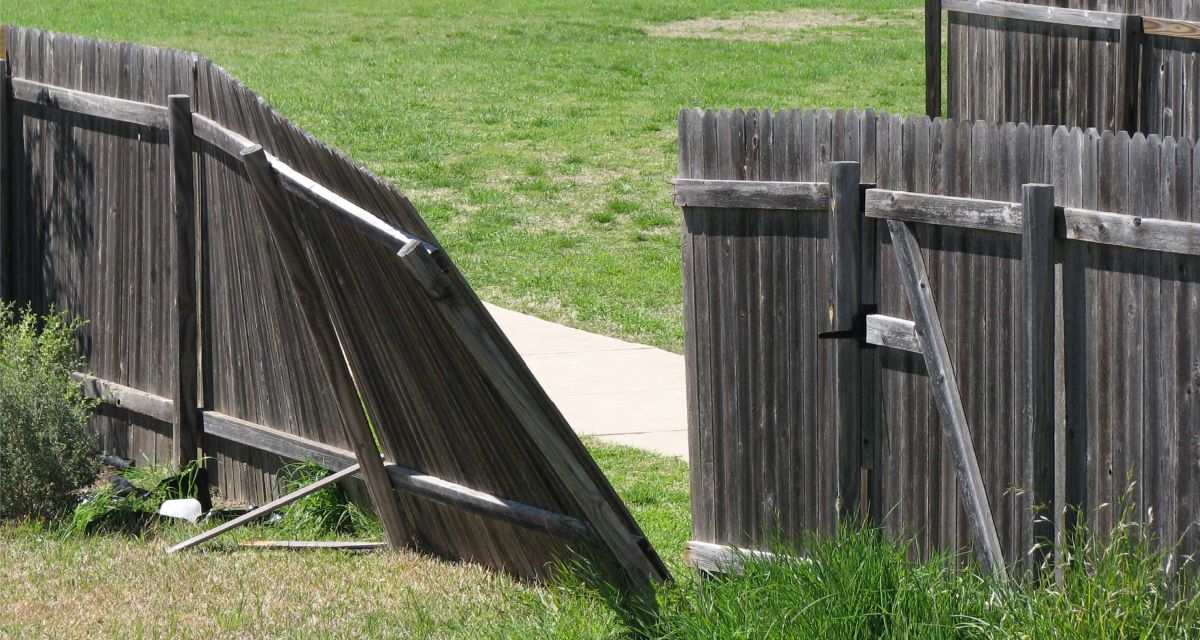
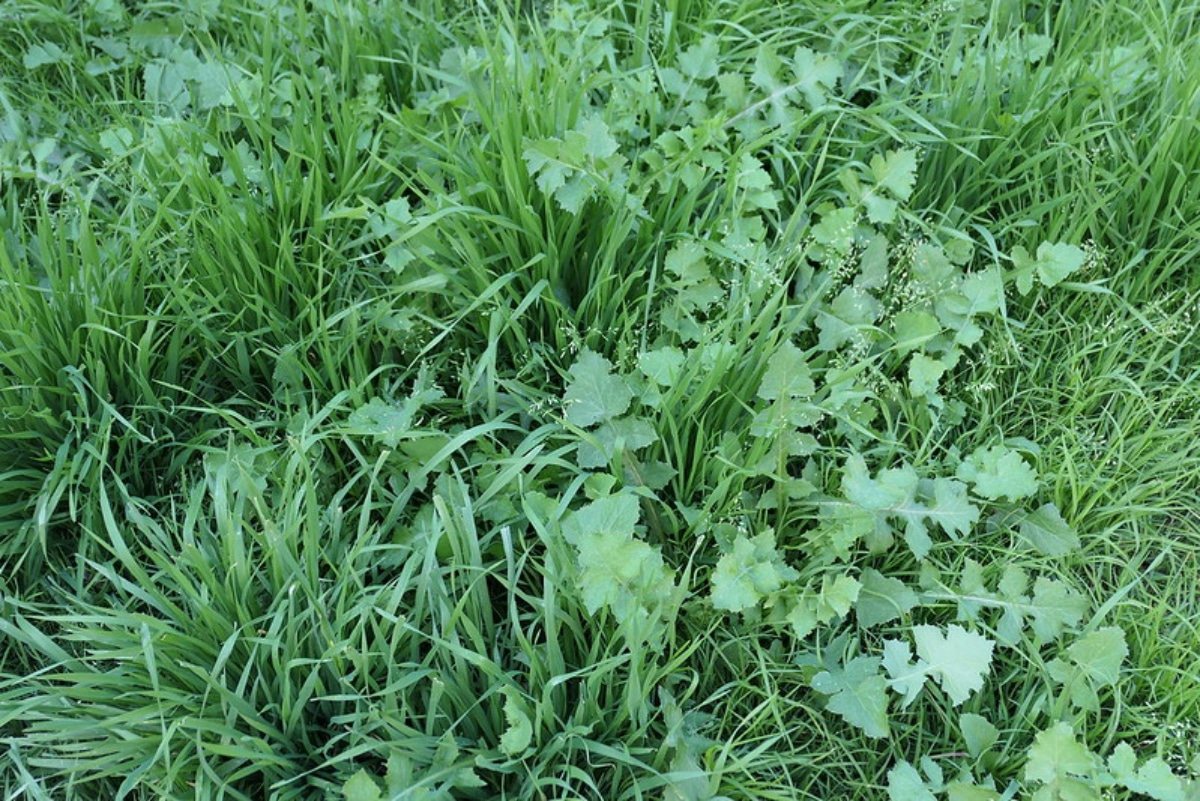

0 thoughts on “How To Keep Neighbors’ Grass From Growing Under Fence”